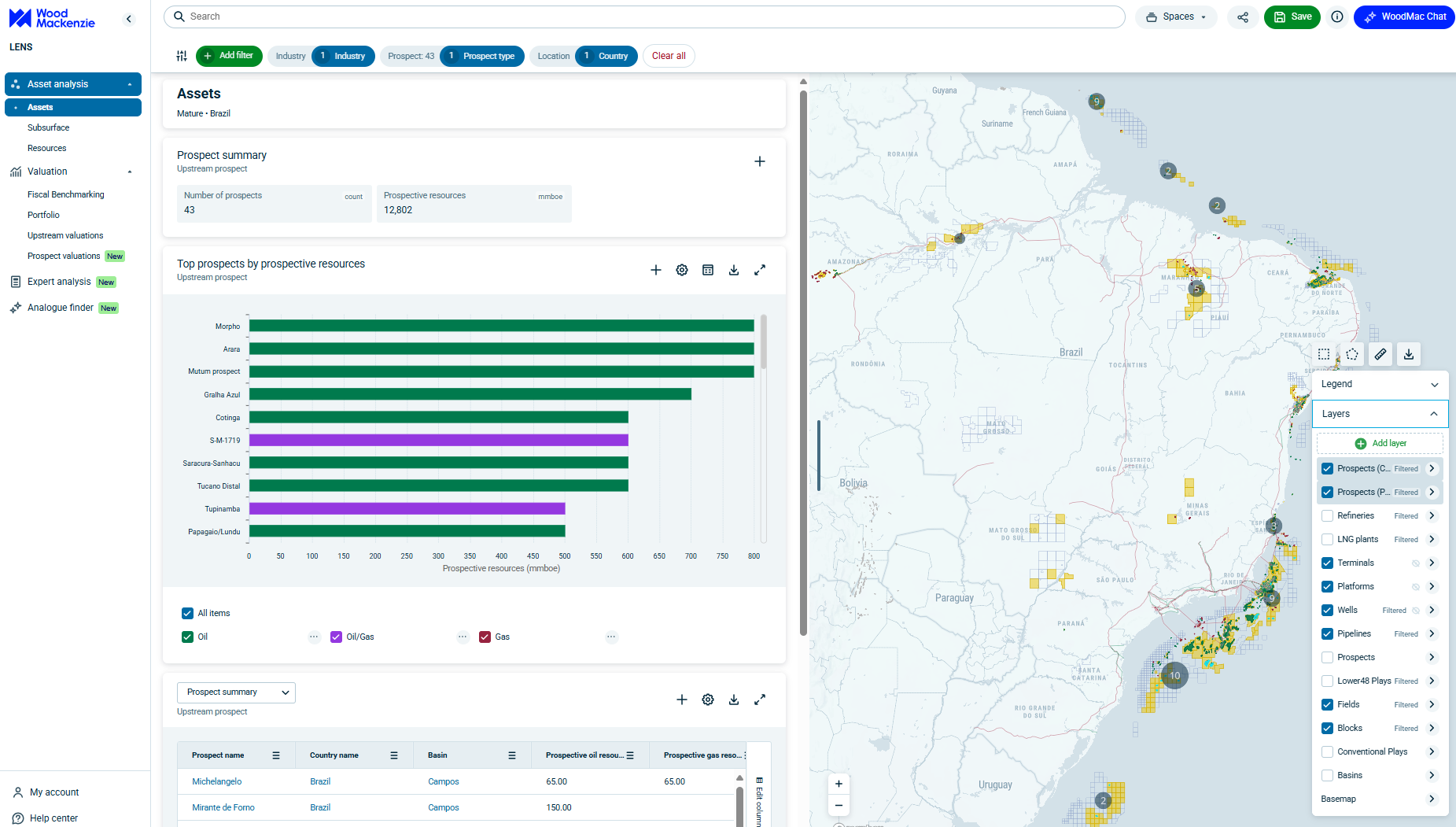Three questions on energy CEOs’ minds - peak oil demand, decarbonisation and US tight oil
1 minute read
Simon Flowers
Chairman, Chief Analyst and author of The Edge

Simon Flowers
Chairman, Chief Analyst and author of The Edge
Simon is our Chief Analyst; he provides thought leadership on the trends and innovations shaping the energy industry.
Latest articles by Simon
-
Opinion
Energy's interconnected future demands integrated intelligence
-
The Edge
China renewables investment powers on
-
The Edge
NOCs begin a new phase of upstream internationalisation
-
The Edge
How AI can unlock an extra trillion barrels of oil
-
The Edge
How data centre growth is driving up US power prices
-
Opinion
CCU – from decarbonisation to defossilisation
Aside from OPEC's strategy and the new US administration, three inter-related topics dominate conversations we have with industry leaders: peak oil demand, decarbonisation, and whether US tight oil alone can meet oil demand growth.
Peak oil demand: Shell put the cat among the pigeons suggesting in November that the peak 'may be somewhere between 5 and 15 years hence'. If many in the industry were surprised by this scenario, they shouldn't have been - the writing has been on the wall for some time. But shifting energy demand patterns already underway are being newly compounded by the accelerating threat from disruptive technology. Shell's warning is well timed.
Global oil demand growth has been on the wane through this century, slipping from an average of 1.9% p.a. 2000-05 to 1.3% 2010-15. We expect growth will fall to just 0.5% p.a. by mid-next decade.
So, while we do not envisage 'peak demand' in our forecast horizon to 2035, it wouldn't take much disruption to wipe out 0.5 million b/d of annual growth.
Behind the slowing growth rate are tightening policies on efficiency, and fuel substitution. Japan and Europe are already in terminal decline. The US, the world's biggest oil market at 20 million b/d, will join them after 2020. Gasoline demand, half US consumption, is peaking now and falls by 2 million b/d by 2035. While US CAFE (fuel efficiency) standards for light vehicles are in effect, the stringency may be reviewed by the new administration - potentially reducing gasoline's decline rate post 2020.
The impact of EVs globally may be modest in this timeframe. We assume up to 2 million b/d is 'lost' to EVs in our base case of 107 million b/d of total oil demand by 2035.
But our 'carbon constrained' scenario, with 6 million b/d 'lost', indicates the downside risks and could fast forward peak demand to the 2020s.
Producers will rely increasingly on developing markets in Asia as OECD demand declines. China and India combined account for 6.3 million b/d of growth, more than half of the total increase in demand to 2035. But these markets too will come under pressure from climate change initiatives.
Decarbonisation: Environmental policy is evolving rapidly in both China and India, which will in time feed through to oil demand erosion. The alacrity with which China ratified and embraced the Paris Agreement is part down to changes in its energy mix - coal consumption has peaked and is already in terminal decline; the power sector is shifting to renewables, nuclear and gas. By 2030, China's greenhouse gas output will remain below the 2013 peak.
India, fellow Paris signatory, and where economic growth is powering ahead, could see CO2 emissions double by 2035. Its energy plan, heavily leaning on coal, is leavened by a bold commitment to renewables. The Government aims to build out 175GW of renewables by 2022, from 9GW currently. This is equivalent to 70% of the EU's renewables capacity, which has been 15 years in the making.
Anyone whose respiratory system has experienced Beijing and Delhi recently will understand and welcome the new-found, evangelical approach to decarbonisation. A key uncertainty is how far it might go from these beginnings. We forecast China and India combined will have 300 million new cars on the road by 2035, but just 35 million EVs. A concerted push with incentives for EVs could have consequences for oil demand growth in the longer run and the timing of peak oil demand – perhaps closer to our 'carbon constrained' scenario.
Can US tight oil meet demand growth? Tight oil production needs to rise by 60% from 4.1 million b/d today to 6.6 million b/d in 2020 to bridge the gap between demand and the rest of global supply. We think it can: in fact that's in line with our Base Case forecasts, and a boon for low cost tight oil operators.
Funding the investment with no deterioration in the sector's balance sheet requires oil prices reach US$71/bbl by 2020, and US$15-20 billion p.a. of external finance (divestment proceeds, equity and new debt) – the latter 'business as usual' for tight oil operators.
Beyond 2020 is a different matter. If demand continues to rise, conventional projects will also be needed with still higher oil prices to justify investment. Alternatively, the risks of weakening demand post 2020 show why E&P companies globally need to position low down on the cost curve.






